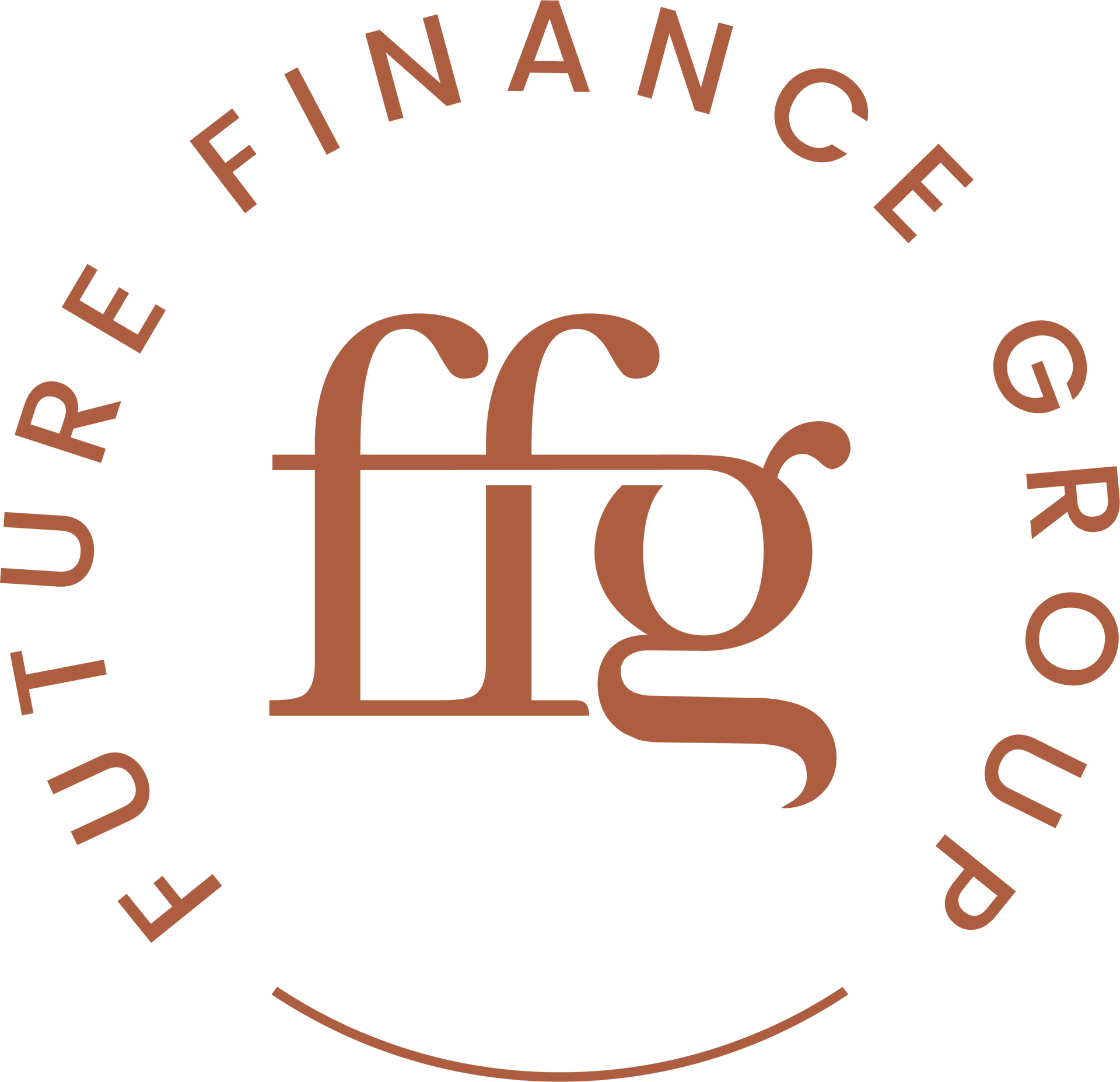INTEREST FREE DOESN’T MEAN COST FREE…
TEMPTED TO BUY THAT NEW LOUNGE, HOME THEATRE SYSTEM OR TELEVISION BUT DON’T HAVE ENOUGH MONEY TO PAY FOR IT RIGHT NOW?
Before you sign on the dotted line for in-store interest free finance, think carefully and read the fine print. More importantly, do your research! Well… we have done this for you!
Many retail stores offer interest free payment terms, especially during the end of financial year sales. But beware! These ‘interest free’ deals that allow you to take your goods home and pay them off over time aren’t always cost free!
Choices, choices, choices
Not only can you get ‘interest free’ store purchases, there are ‘interest free’ credit cards and ‘interest free’ loans – well ‘interest free’ within a certain timeframe that is.
They all have their own features, benefits and pitfalls.
Usually with in-store interest free deals, you are provided with a store card or credit card with a credit limit to cover the cost of your new purchases. These deals typically have a higher limit than the goods you are purchasing.
It is not uncommon for stores to offer various interest free deals as they really want your business. Their range of options attracts different clientele. We have seen the mega chain store giant, Harvey Norman, offering seven different interest free options at one time!
And of course there are the buy-now-pay-later options with Afterpay, Zip Pay and the like (that’s a whole other topic) that have very similar features.
However these options also require thorough consideration before taking action.
Did you say 29% interest rate?!
Retailers have different offerings and their payment terms will vary, so it is important you read all the conditions for each loan option as they will differ.
For example, the interest rate you will be charged if you haven’t repaid the balance by the end of the interest free period can be as high as 29%. That is even higher than most credit cards!
Make sure you calculate your regular payments to ensure the balance is paid off before the end of the interest free period. It is wise to set up automatic direct debits so you don’t miss any payments.
This case study by ASIC’s MoneySmart shows you why.
Case study: Ron and Maya compare interest free deals
A young couple, (Ron and Maya) discussing interest free deals, both got interest free deals but for different amounts.
The interest free deal worked out well for Ron as he increased his repayments to pay off the deal in time.
But Maya just left her repayments at the minimum amount and ended up being charged 29% interest and still owed a lot at the end of the interest free period.
| Details | Ron's deal | Maya's deal |
|---|---|---|
| Purchase | $2,000 couch | $1,500 fridge |
| Interest Free Period | 12 months | 12 months |
| Repayments | $200 monthly | Minimum Repayment |
| After 12 months | Fully paid off | Paying 29% interest on a $1,000 balance |
| Outcome | Happy with the deal | Stressed with more debt |
Source: ASIC MoneySmart, Interest free deals
If your interest free deal comes with a credit card – BEWARE! Additional purchases won’t necessarily be on the interest free terms and you could end up paying high interest rates on those additional products immediately. Plus, there is always the temptation to buy ‘something else’ with the remaining credit available. Nothing to pay! No deposit! No interest?
Sounds too good to be true? Well it usually is. These catchy headlines may draw you in-store or online but there are fees associated with your shopping that may include application, processing or account keeping fees.
Interest free finance arrangements can be a great way to reward yourself with some of the finer things in life – or even practical purchases like appliances when you are home making. But these arrangements are only beneficial for those who are regular on-time payers. Otherwise you may find yourself just like Maya and stressed with more debt – and of course we don’t want that!
Remember: every credit application, loan, credit card AND interest free deal you have will go on your credit report and can affect your future borrowing power. Many Australians take out interest free finance without realising it is actually a loan and the penalties in the end can be high.
We leave you with two key thoughts on interest free shopping:
- You have to be able to afford the repayments and ideally pay the item off before the interest free period expires. You don’t want to put extra pressure on your cash flow.
- If you only pay the minimum monthly repayment you won’t have your purchase paid off by the end of the interest free term and you will be slugged with high interest and more fees.
If you are one of the 1.6 million Australians who already have 3 or more credit cards1, perhaps another interest free deal isn’t for you! Saving or the good old fashioned lay-by may be the answer.
Before you are tempted into interest free shopping, please call us, even for those new small debts. We can help you make the right decision to reward yourself now and in the future.
Source and links:
1. Finder, 1.6 million Australian’s have 3+ credit cards
Disclaimer: This article provides general information only and has been prepared without taking into account your objectives, financial situation or needs. We recommend that you consider whether it is appropriate for your circumstances. Your full financial situation will need to be reviewed prior to acceptance of any offer or product. It does not constitute legal, tax or financial advice and you should always seek professional advice in relation to your individual circumstances. ©2019



